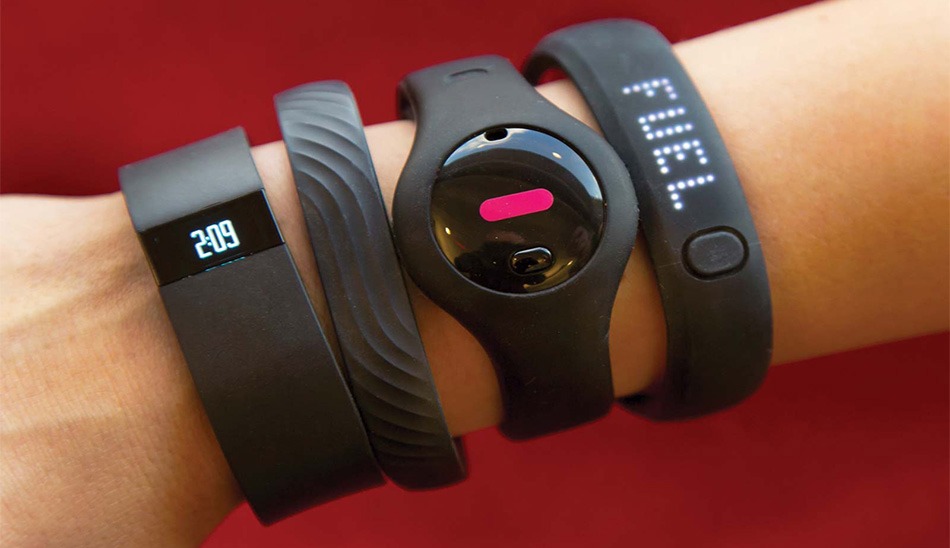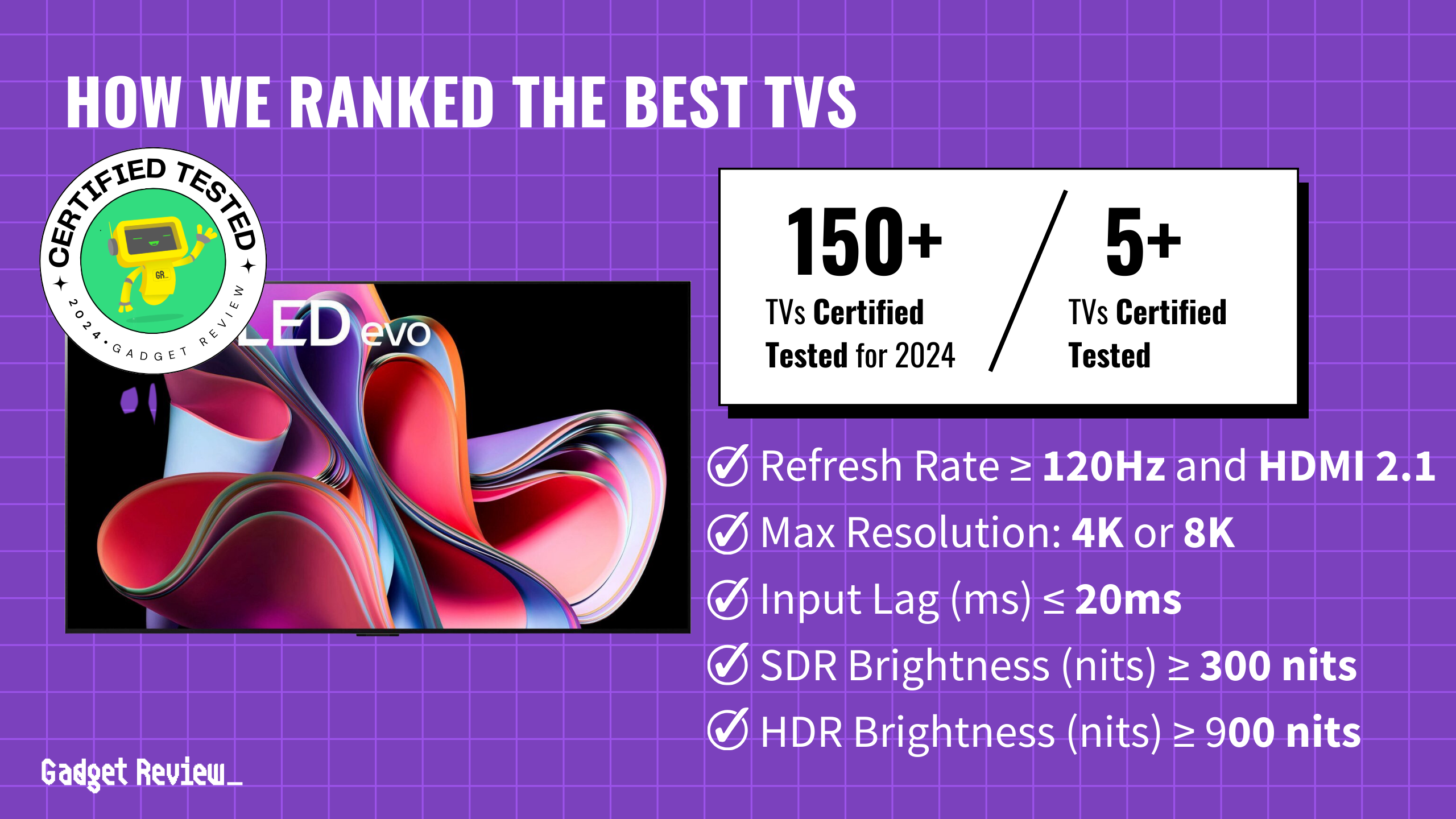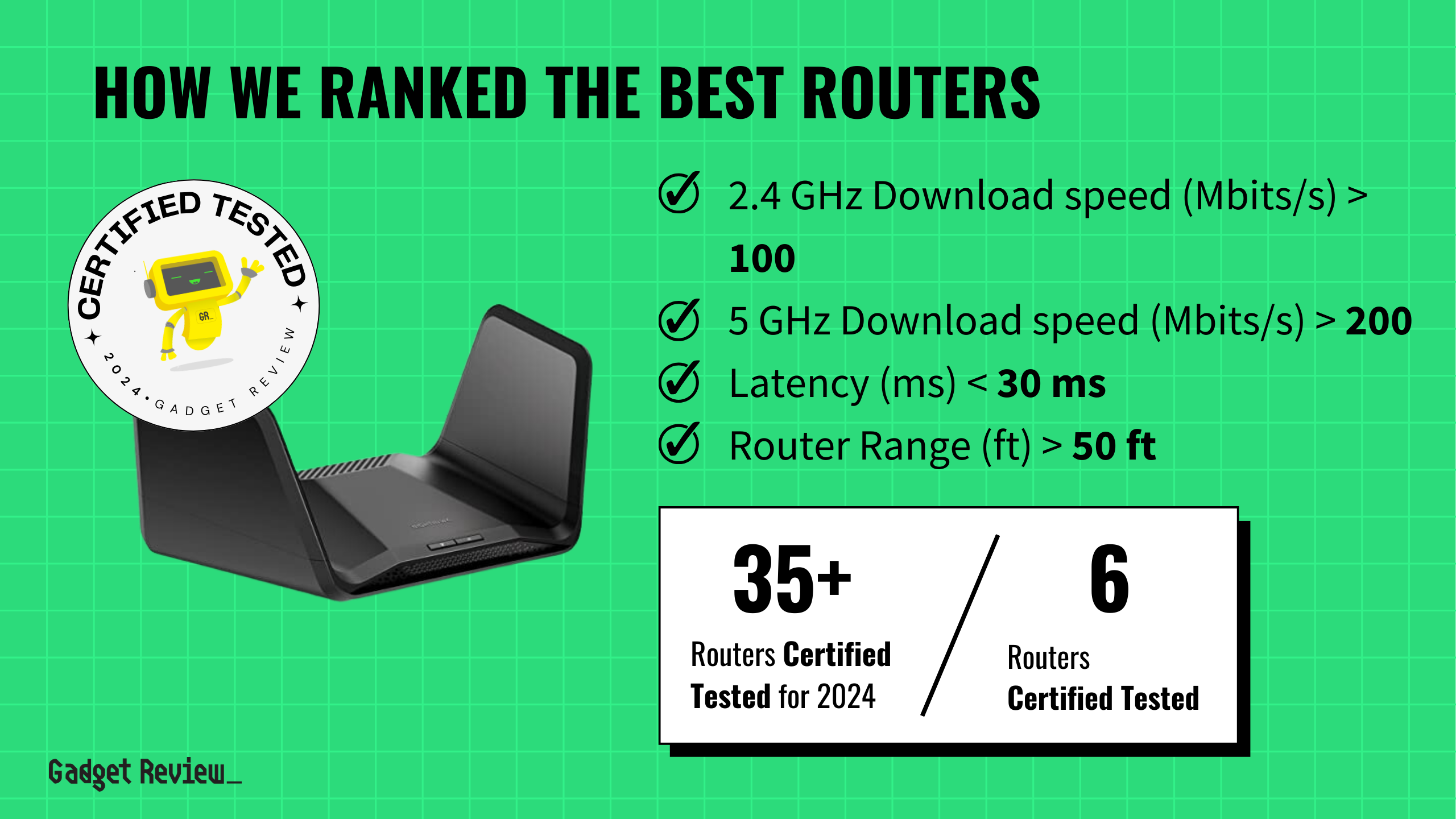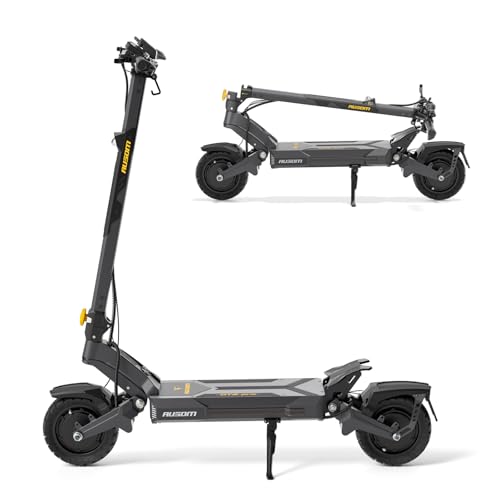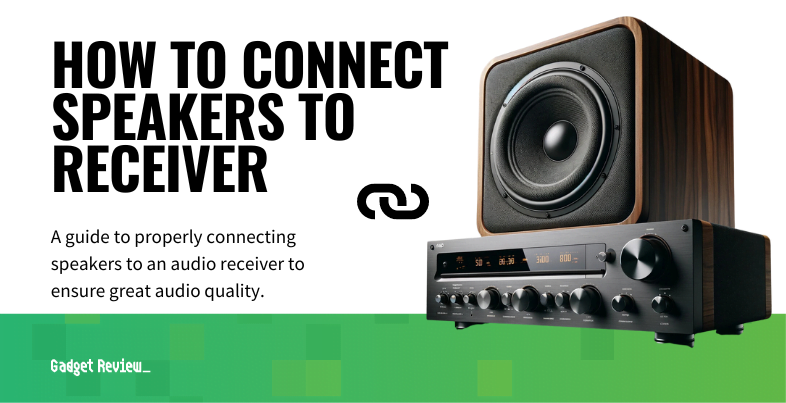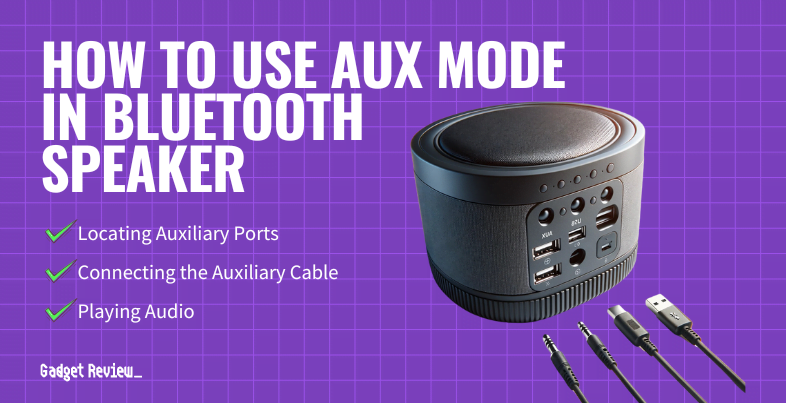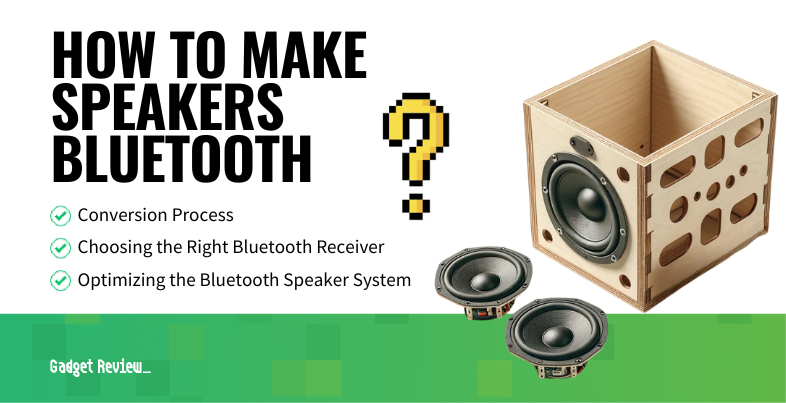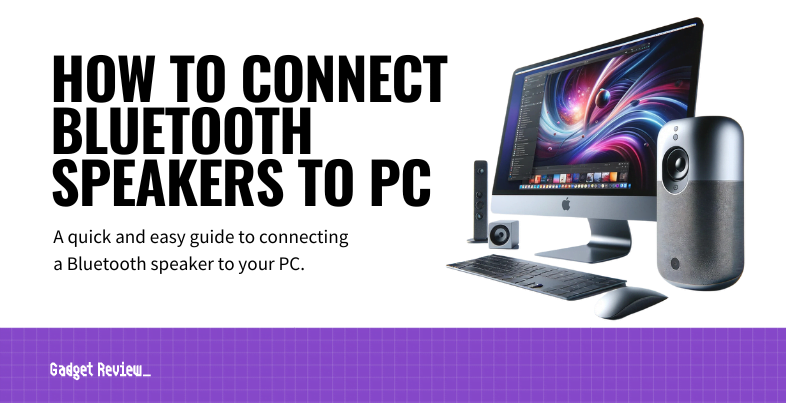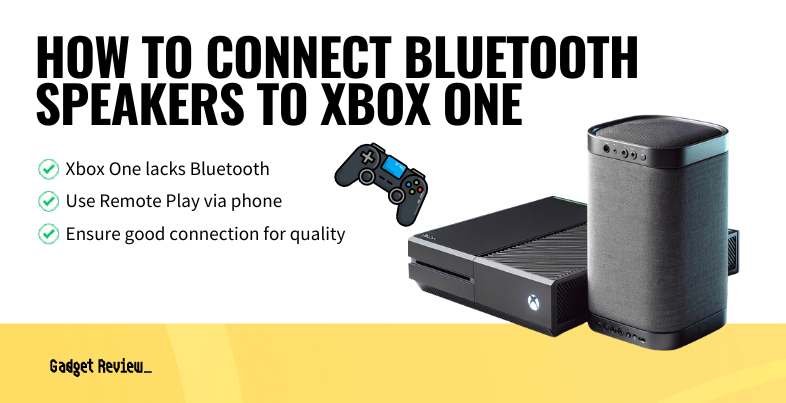Seventeen states just flipped the switch on student cell phone restrictions, making this school year the most restrictive for classroom devices in U.S. history. This policy expansion now affects families across 35 states and D.C. What started as Florida’s 2023 experiment has become a rapidly spreading education policy shift, forcing millions of parents to rethink their family’s digital safety net. Similar restrictions are emerging globally, as Australia recently passed the world’s first social media ban for under-16s.
The New Classroom Reality
The restrictions aren’t uniform. Eighteen states and D.C. enforce all-day bans, meaning your teen’s phone stays locked away from first bell to dismissal. Georgia and Florida use “bell-to-bell” rules for younger students but give high schoolers breathing room during lunch. Seven states only restrict classroom use, letting students check messages between periods. According to the National Center for Education Statistics, 77% of public schools already prohibited phones during instruction, but these new laws mandate consistency across entire states.
Storage Solutions Meet Reality
Schools are getting creative with compliance. Some districts invested in magnetic locking pouches that students carry but can’t open until dismissal—like carrying a sealed envelope all day. Others require morning phone surrender to locked storage units. Classroom enforcement falls to teachers who’ve already juggled enough responsibilities, though administrators report that student pushback has gradually eased as the policies normalize into routine. These changes reflect broader shifts in how cutting-edge technologies integrate into daily educational environments.
The Parent Emergency Paradox
Here’s where policy meets parental anxiety. While educators celebrate calmer classrooms and fewer discipline referrals, 78% of parents still want their children to have phone access during emergencies. “With 53 percent of school leaders reporting negative impacts of cell phone use on academic performance, and even more citing negative impacts on students’ mental health and attention spans, schools are facing a critical issue,” says NCES Commissioner Peggy Carr.
Yet parents remember school safety concerns and wonder about the communication gap these policies create. The early results tell a complex story. Teachers in Marietta, Georgia, noticed more student-to-student interaction and fewer classroom disruptions after their district’s ban took effect. Students initially missed their musical concentration aids and social media check-ins, but adaptation followed. For families seeking educational technology alternatives, AI apps can provide learning tools that align with school policies. As Florida Rep. Brad Yeager puts it: “You don’t just want to yank it from them. Try to educate them on the dangers.”
Your family’s tech rules just got a state-mandated update, whether you requested it or not. The question isn’t whether this trend continues—it’s how you’ll navigate emergency communication and digital citizenship in this new landscape.












